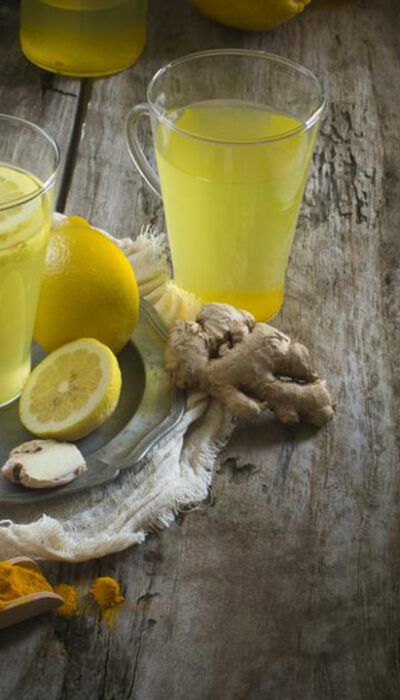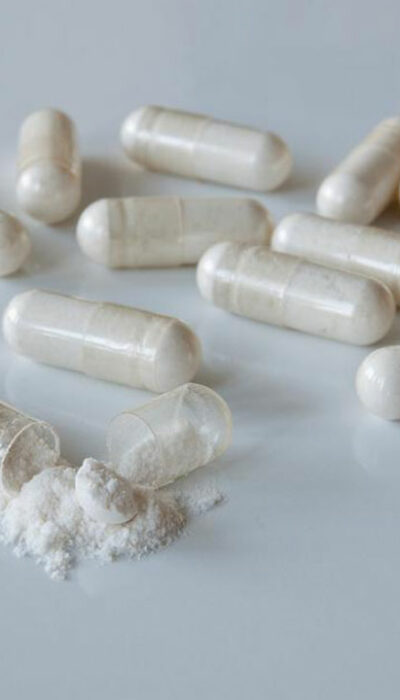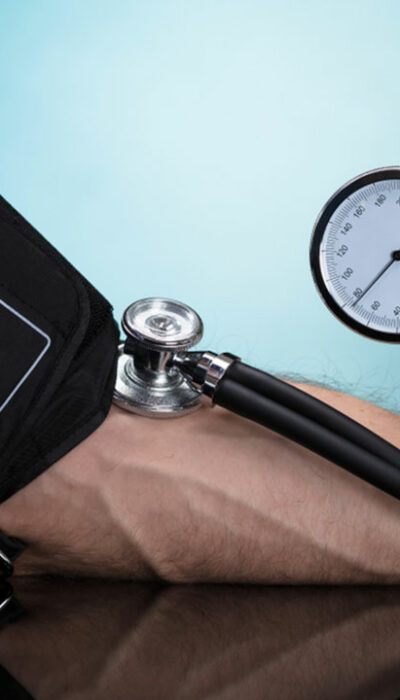
You Probably Did Not Know About These Types of Hepatitis C Symptoms
Depression? Nausea? Gallstones? Are these regular illnesses or hepatitis C symptoms? First discovered in 1989, hepatitis C is a contagious disease which is caused by a virus that infects the liver. Hepatitis C virus or the HCV, is the most common cause of chronic liver disease with the number of cases increasing worldwide with each passing year. As reported by the World Health Organization, approximately 150 million people are infected with the hepatitis C virus. Around 350,000 people lose their lives from hepatitis C-related liver ailments every year. If left undetected or untreated, hepatitis C can eventually lead to liver cancer, liver damage and liver failure. Hepatitis C can be of 2 main types: Acute (generally brief but severe) Chronic (spread over a long duration) Acute Hepatitis C Symptoms Individuals suffering from acute hepatitis C usually do not display visible symptoms, and the few people that do generally manifest symptoms that are similar to the other cases of acute hepatitis A or B. These include flu-like symptoms, joint aches or mild skin rash. Individuals that are particularly likely to experience severe hepatitis C are those individuals that already have hepatitis B and become infected with acute hepatitis C. Other common hepatitis C symptoms: Loss of appetite Abdominal pain Dark urine Grey colored stools Jaundice (yellowing of the skin and whites of the eyes) Fatigue Joint pain Itchy skin Sore muscles A hepatitis C infection can cause damage to your liver (cirrhosis). If you develop cirrhosis, you may see symptoms such as: Redness on the palms due to expanded small blood vessels Clusters of blood vessels just below the skin surfacing usually on one’s chest, shoulders, and face Swelling of the abdomen, legs, and feet Shrinking muscles Bleeding from enlarged veins in your digestive tract referred to as variceal bleeding Encephalopathy which is damage to your brain and nervous system.










